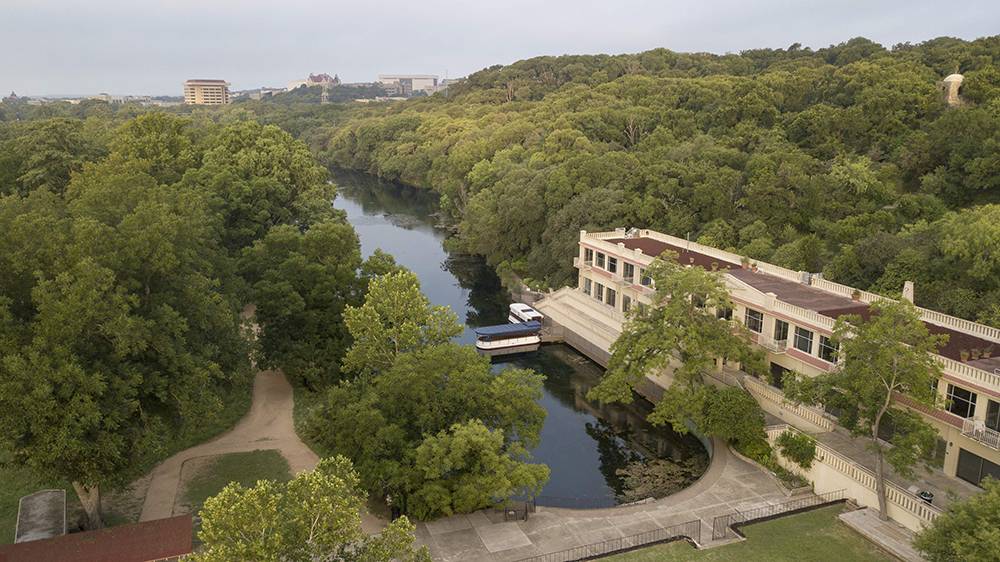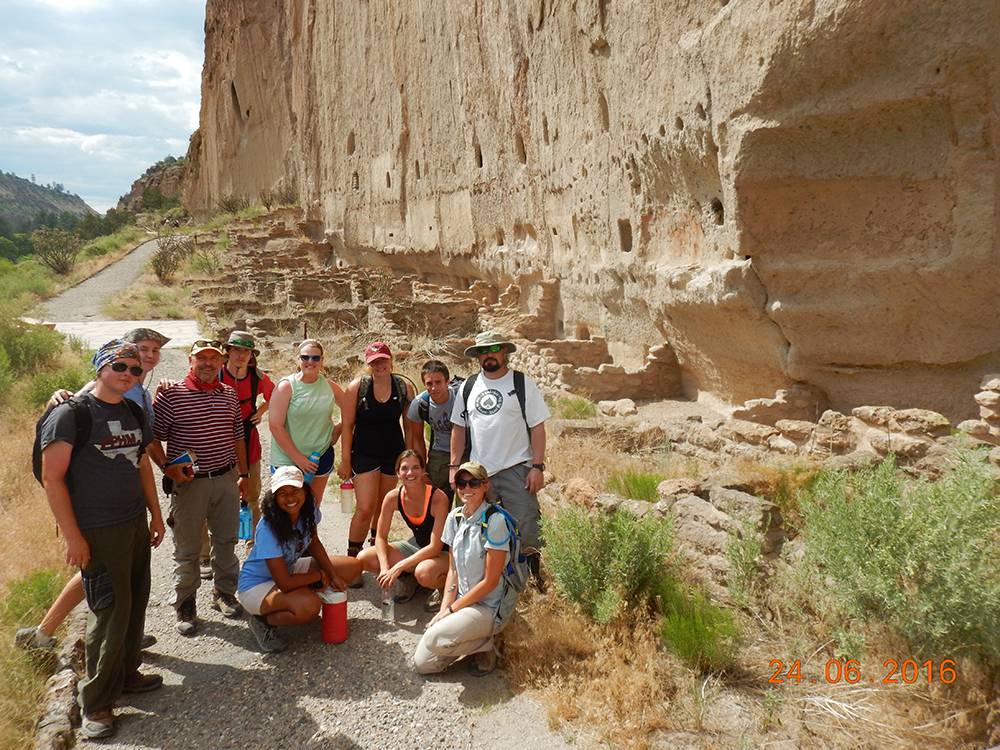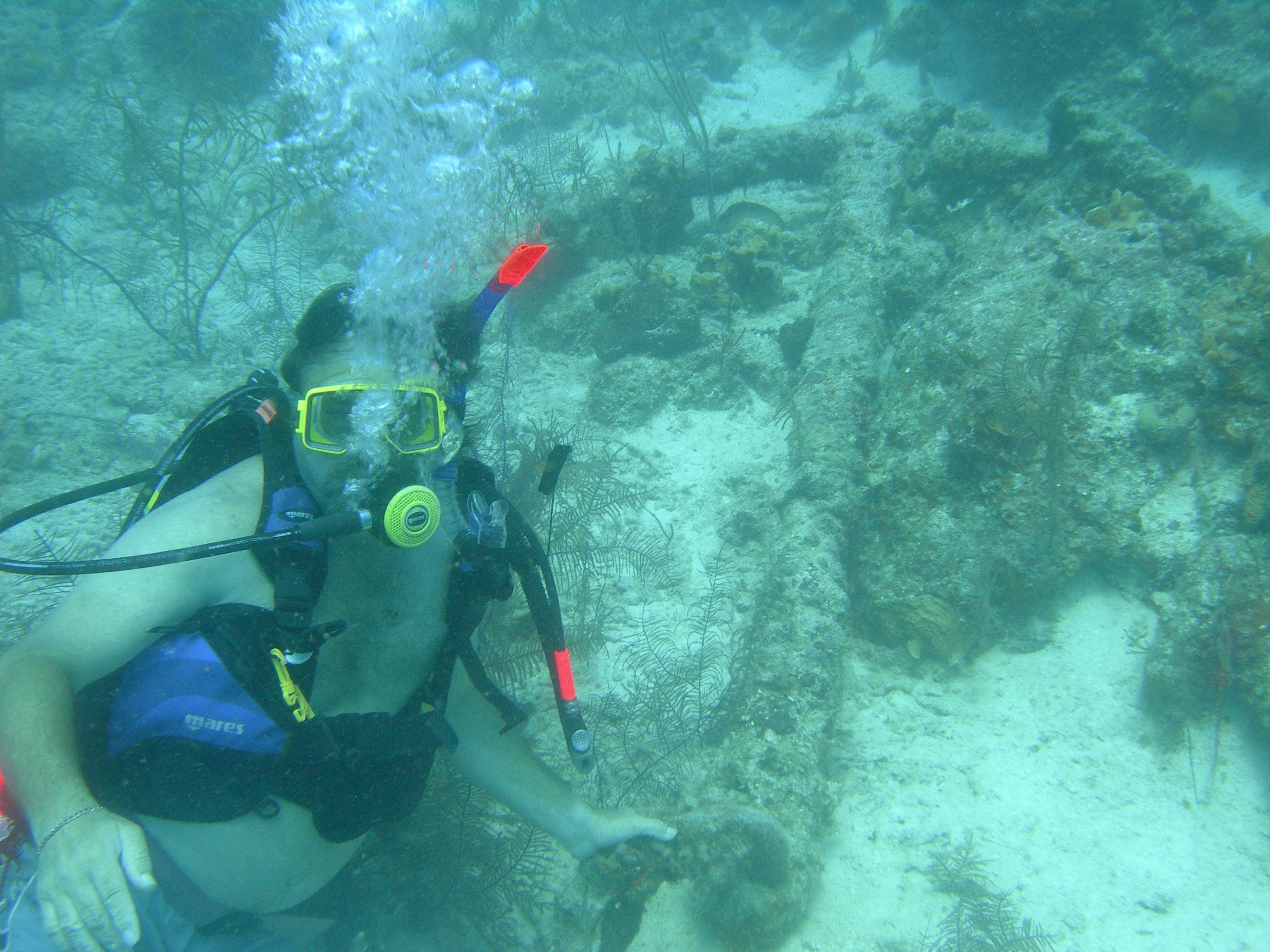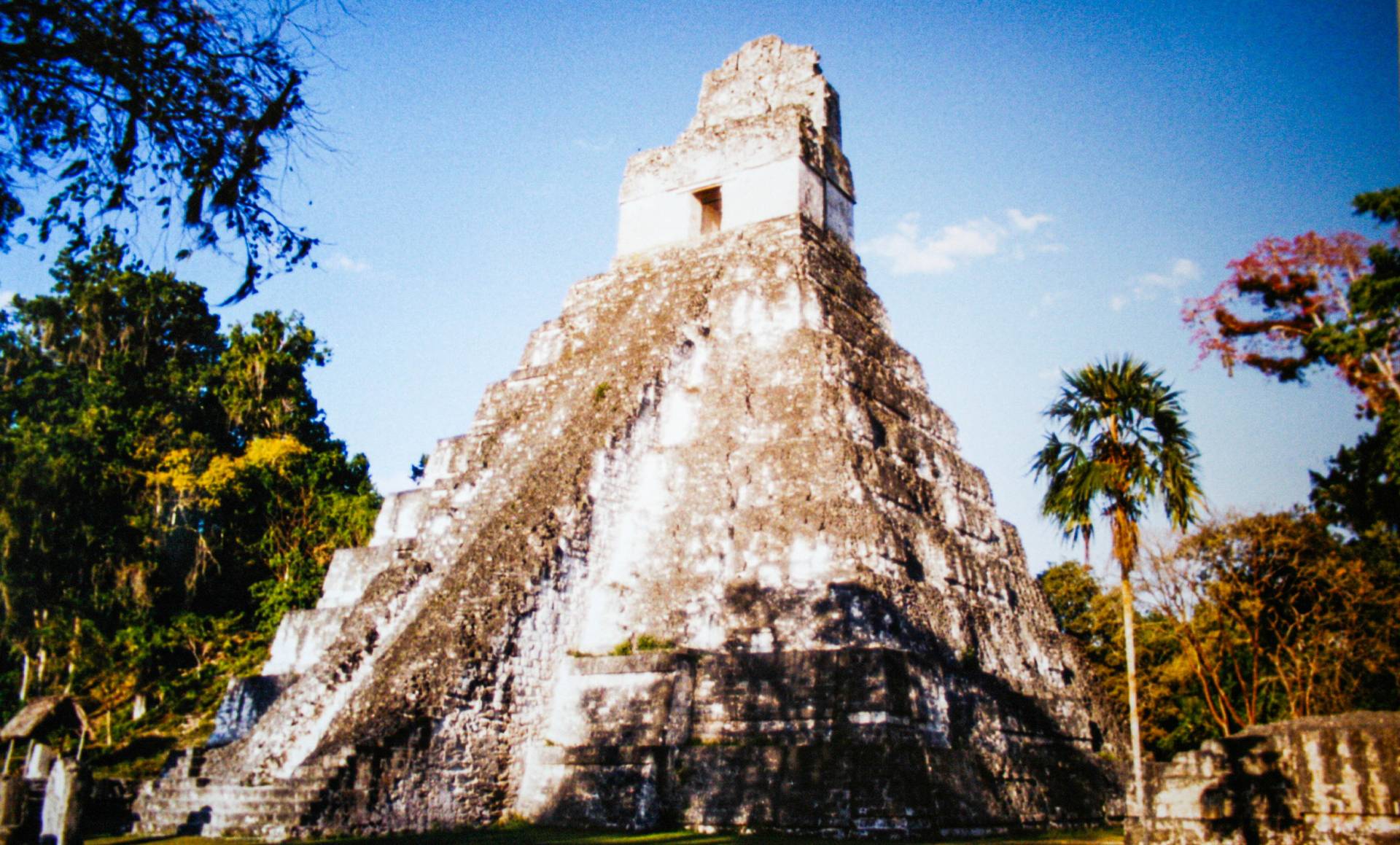The 2023 Archaeological Field School will take place during the Summer I semester, from May 30-June 30, 2023, and will be located right here in San Marcos, Texas. We will learn survey and excavation techniques at two archaeological sites on TXST campus: The Freeman Ranch and Spring Lake sites, so you can gain a real field experience in an accredited field school almost in your own backyard.
Past Field Schools

Archaeology Field School, 2023
Cross Bar Ranch | 2017
Dr. Britt Bousman and graduate student Sarah Himes led students on a four weeks, hands-on training in archaeological field methods at the Cross Bar Ranch, a picturesque area in the Texas Panhandle with extraordinary preservation of Antelope Creek farmsteads and archaic hunter-gatherer sites. The field school was based at the Cross Bar Ranch, located 15 miles north of Amarillo, Texas, within the spectacular Canadian Breaks in the Southern Plains. Students also had access to the renown Alibates Flint Quarries. The final week was spent in San Marcos, learning artifact classification and curation methods at the Center for Archaeological Studies lab on campus.


Archaeology in Belize | 2017
2017 marked the 32nd annual Texas State Archaeology Field School in Belize. Students gad the opportunity to participate in an archaeological research project dealing with the first English pirates, buccaneers, and baymen that settled in Belize. Participants learned about research strategies, archaeological techniques, laboratory analysis, and the interpretation of excavated remains. The 2017 field school was held on St. George’s Caye, one of the islands off the coast of Belize. St. George’s Caye was visited by pirates and became the first settlement and capital for the buccaneers and English woodcutters extracting logwood dye and mahogany.
Primatology in Belize | 2013
Students learned about the ancient Maya and went on visits to sites in Belize (Altun Ha, Caracol, Cahal Pech, Xunantunich, and Actun Tunichil Muknal) and Guatemala (Tikal). We took excursions into the rainforest to learn about rainforest ecology and to observe howler monkey troops. Students visited local communities to learn about the conservation methods enacted by local peoples and the government of Belize.


Eagle Nest Canyon | 2013
The 2013 Eagle Nest Canyon Field School carried out archaeological investigations on the Canyon edge, on its sheltered walls, and in its sheltered floors. Visiting researchers helped us understand critical gaps in the investigative puzzle: how did this mile-long box canyon off the Rio Grande form through geologic and human time? And what does the abundant and well-preserved evidence housed within the shelters and in the uplands overlooking the Canyons tell us about those who frequented it over more than 13,000 years?
